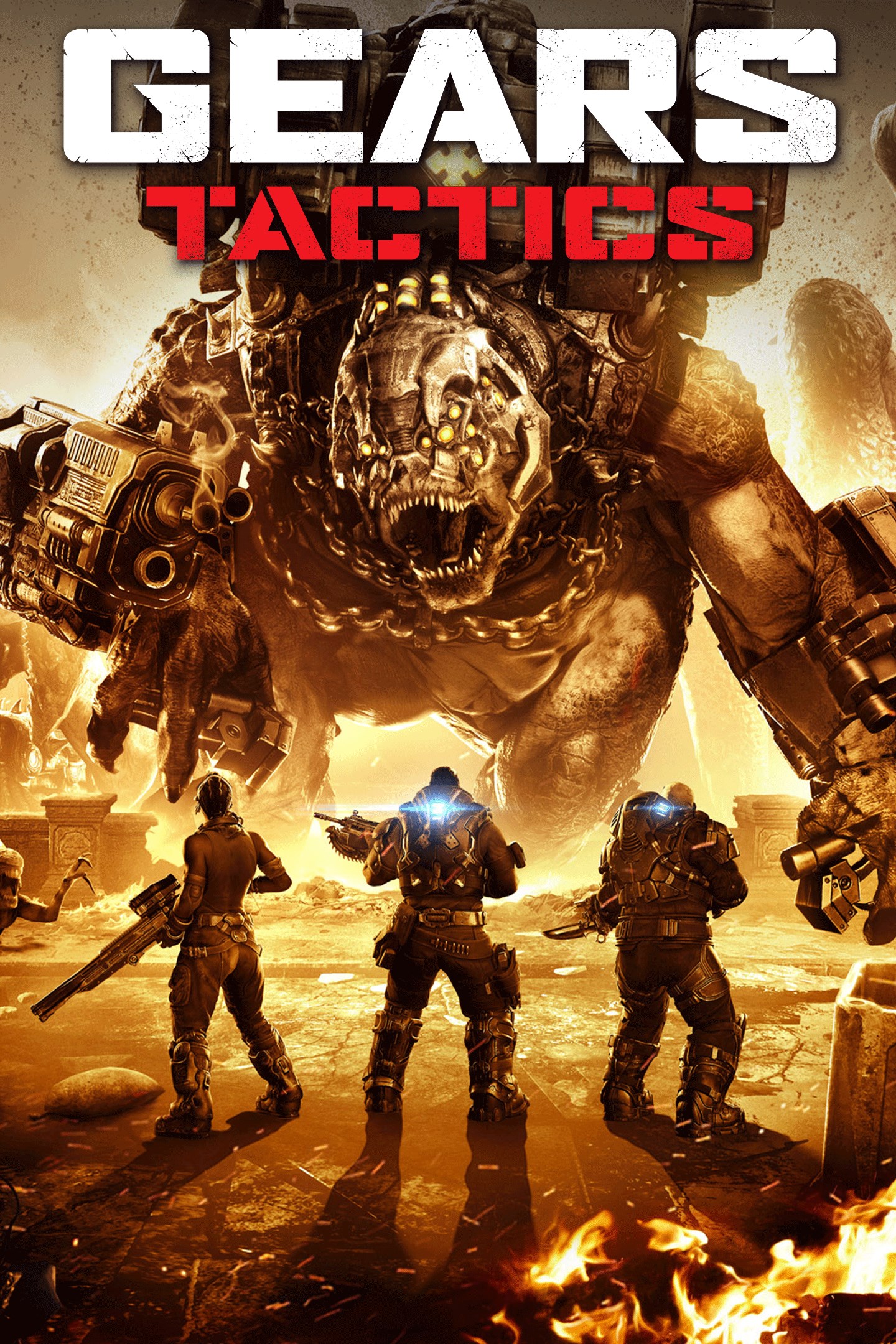Soundtrack Genre: Fitting for the Game?
Introduction
Video games are an immersive medium that combines visuals, storytelling, and interactivity. However, one often overlooked yet crucial element is the soundtrack. The right music can elevate gameplay, while a mismatched genre can break immersion. But how do developers decide which soundtrack genre fits a game? Should it align with the game’s setting, or can contrasting styles create a unique experience?
This article explores the relationship between game soundtracks and their genres, analyzing how music influences player engagement, emotional impact, and overall cohesion.
The Role of Music in Games
Music in games serves multiple purposes:
- Setting the Tone: A horror game benefits from eerie, dissonant tracks, while an adventure game thrives on orchestral scores.
- Enhancing Emotion: A melancholic piano piece in a narrative-driven game can deepen emotional connections.
- Guiding Gameplay: Fast-paced electronic music in racing games keeps players engaged.
But what happens when a game’s soundtrack doesn’t match its genre?

Genre Matching vs. Genre Contrasting
1. Matching Soundtrack to Game Genre
Most games follow the principle of "matching"—where the music aligns with the game’s theme. Examples include:
- The Elder Scrolls V: Skyrim (Epic Orchestral) – Enhances the medieval fantasy setting.
- DOOM (2016) (Heavy Metal) – Complements the fast-paced, aggressive combat.
- Stardew Valley (Chiptune/Folk) – Matches the relaxing, retro farming sim.
When done right, this approach strengthens immersion.
2. Contrasting Soundtrack for Artistic Effect
Some games intentionally break conventions by using contrasting music. Examples:
- Hotline Miami (Synthwave in a violent top-down shooter) – Creates a surreal, hyper-stylized experience.
- NieR: Automata (Orchestral/Electronic blend in a post-apocalyptic world) – Blends beauty with despair.
- Persona 5 (Jazz/Pop in a turn-based RPG) – Gives a stylish, rebellious vibe.
This technique can make a game stand out, but it risks alienating players if not executed carefully.
Case Studies: When Soundtracks Elevate or Undermine Games
Success: Hades (2020) – Rock & Greek Myth Fusion
Supergiant Games’ Hades uses heavy rock instrumentation with ancient Greek themes. The contrast works because:
- The fast-paced combat aligns with energetic guitar riffs.
- The underworld setting is modernized without losing its mythic tone.
Failure: Some Licensed Music in Sports Games
While sports games like FIFA and NBA 2K feature popular songs, some tracks feel out of place during gameplay. A slow ballad might kill the energy of a high-stakes match.
Experimental: Death Stranding (2019) – Ambient & Indie Rock
Hideo Kojima’s Death Stranding uses low-fi ambient music during exploration and indie rock in key moments. The contrast reinforces the game’s themes of isolation and connection.
Player Perception & Industry Trends
Players have strong opinions on soundtracks. A Reddit poll showed:
- 70% prefer music that fits the game’s setting.
- 20% enjoy experimental soundtracks.
- 10% don’t pay much attention to music.
Recent trends show:
- Retro chiptune revivals (Shovel Knight, Celeste).
- Dynamic soundtracks that change based on gameplay (The Last of Us Part II).
- Licensed music in open-world games (Grand Theft Auto series).
Conclusion: Does the Soundtrack Genre Need to Fit?
There’s no one-size-fits-all answer. While matching music to genre ensures cohesion, contrasting styles can create unforgettable experiences. The key is intentionality—whether the soundtrack serves the game’s vision.
Developers must ask:
- Does the music enhance immersion?
- Does it evoke the right emotions?
- Does it support gameplay pacing?
When done right, a game’s soundtrack—whether matching or contrasting—becomes an integral part of the experience.
Tags: #GameSoundtracks #VideoGameMusic #MusicInGaming #GameDesign #IndieGames #GamingIndustry


















